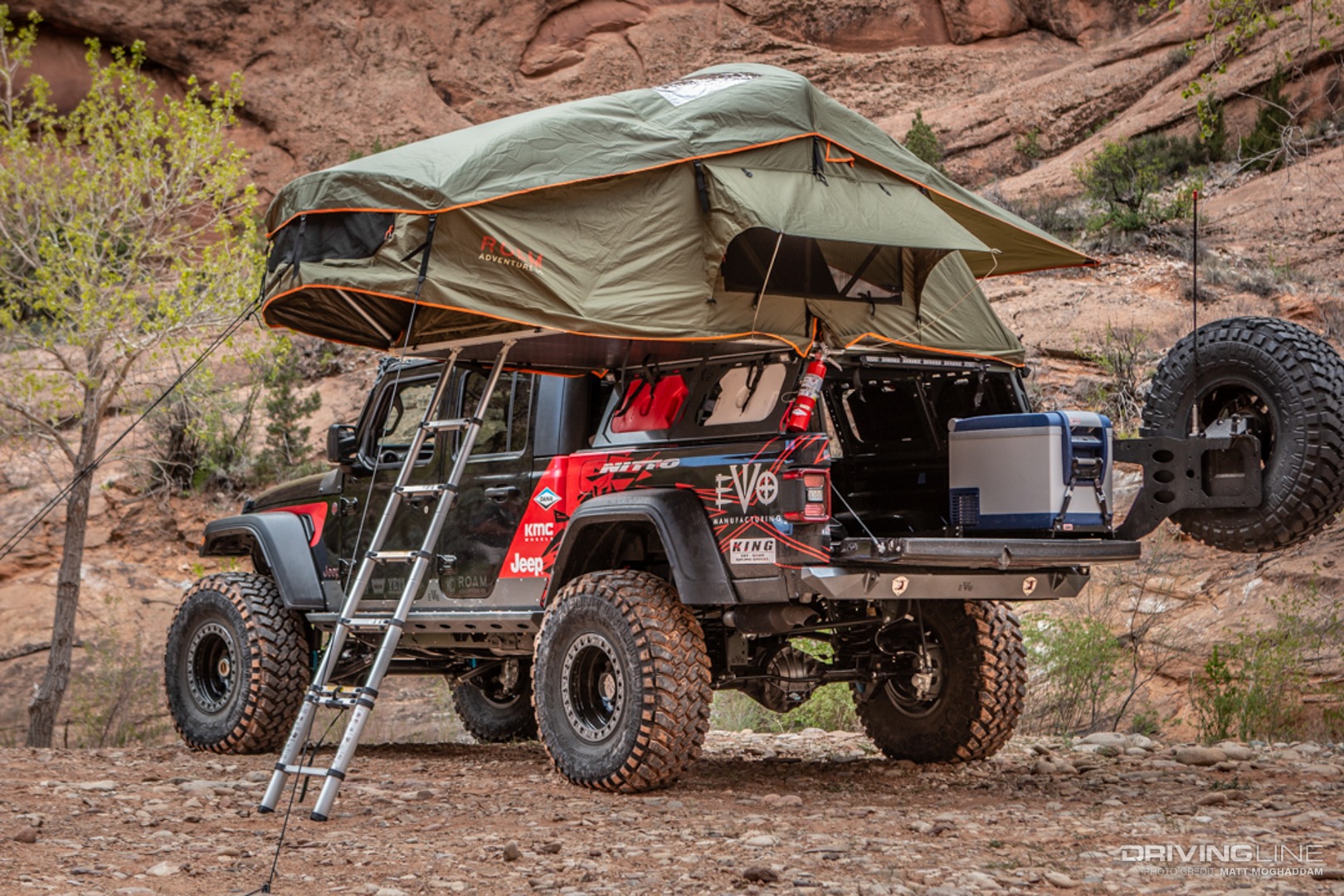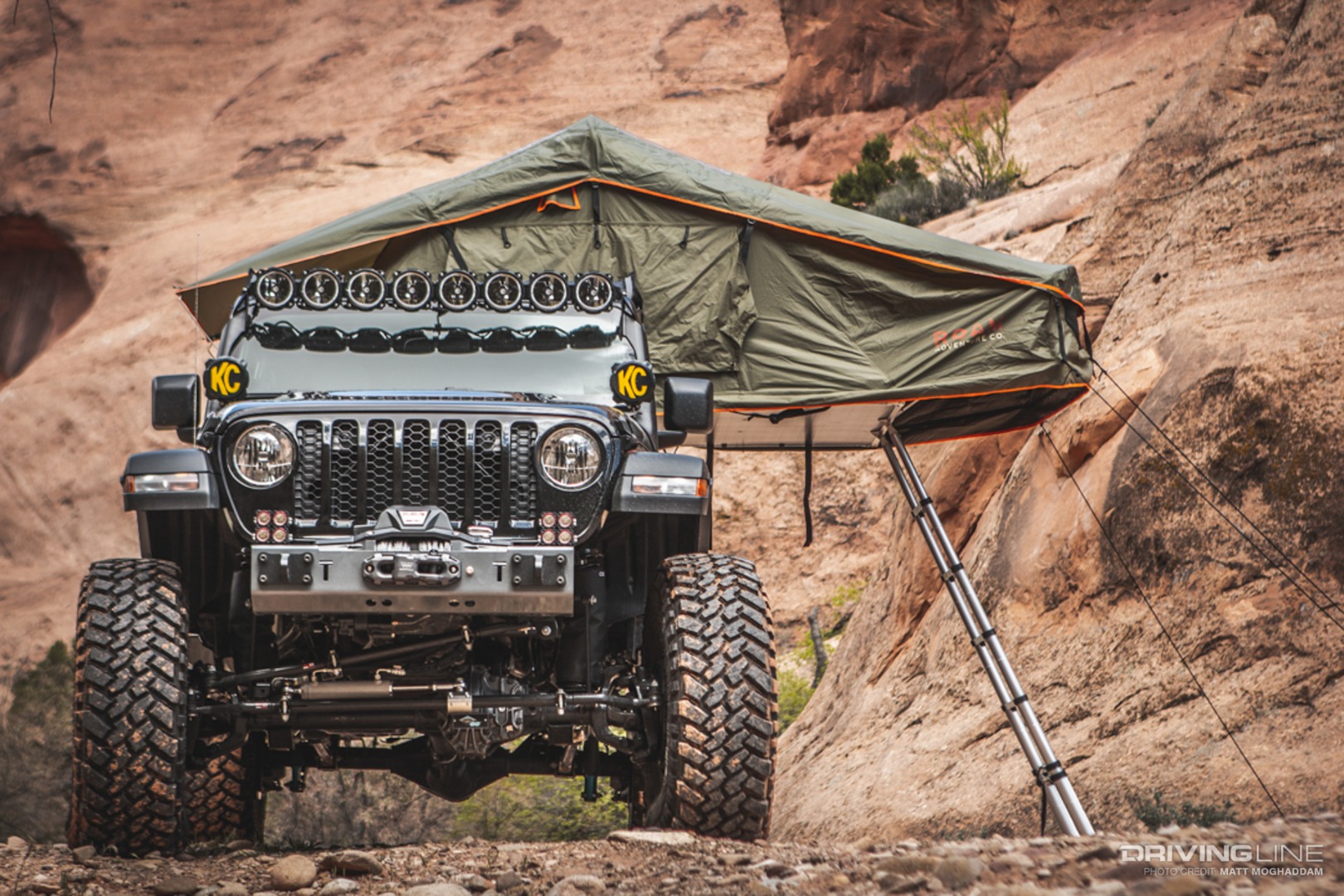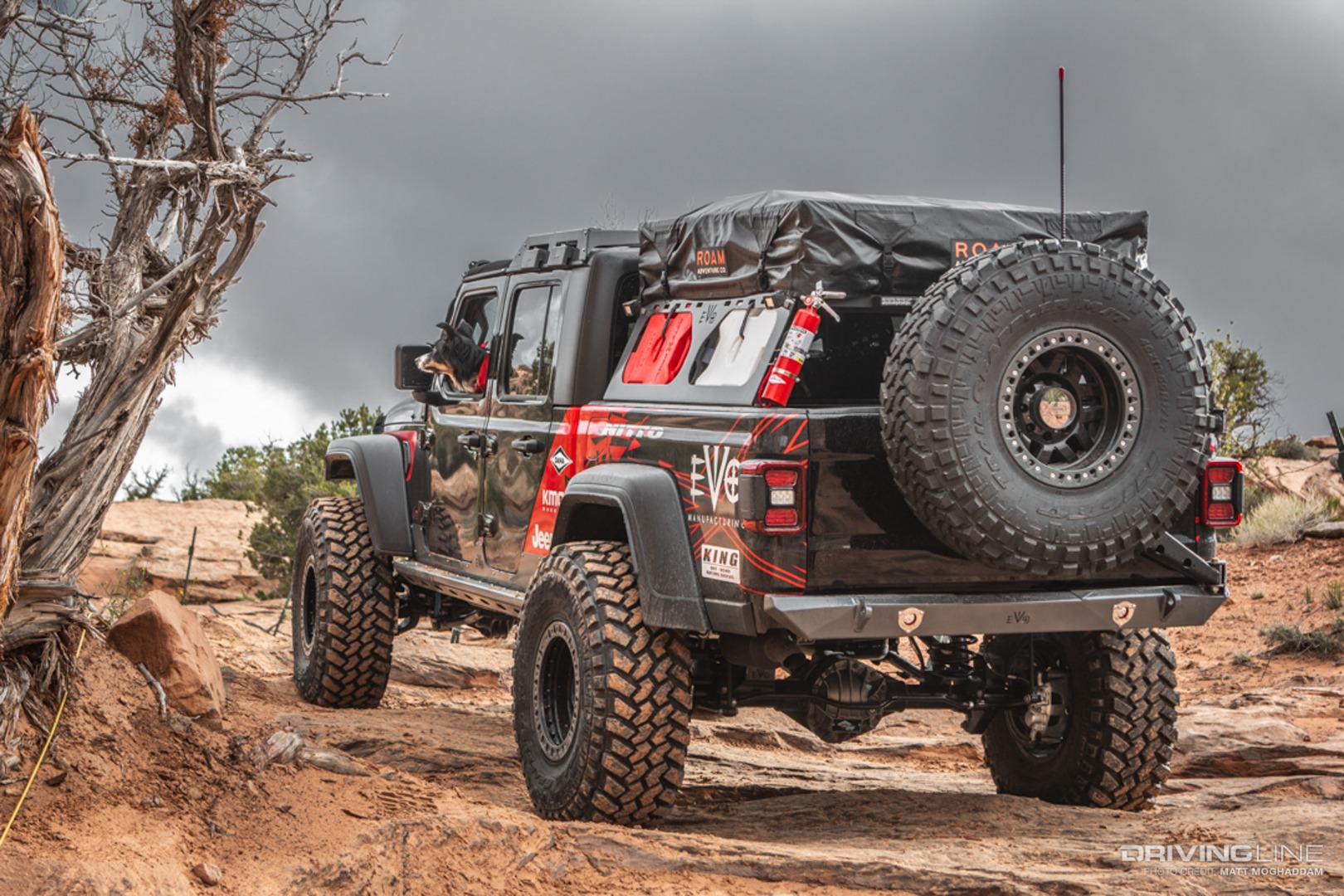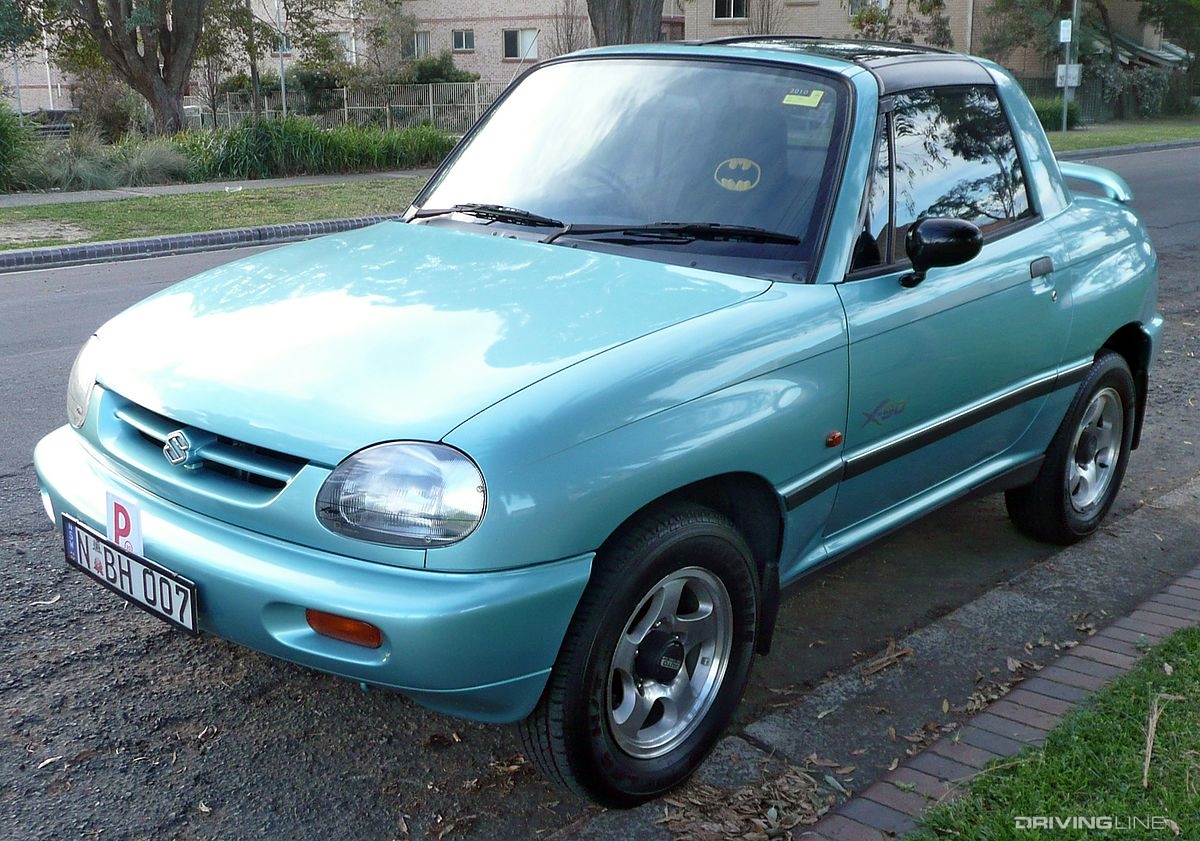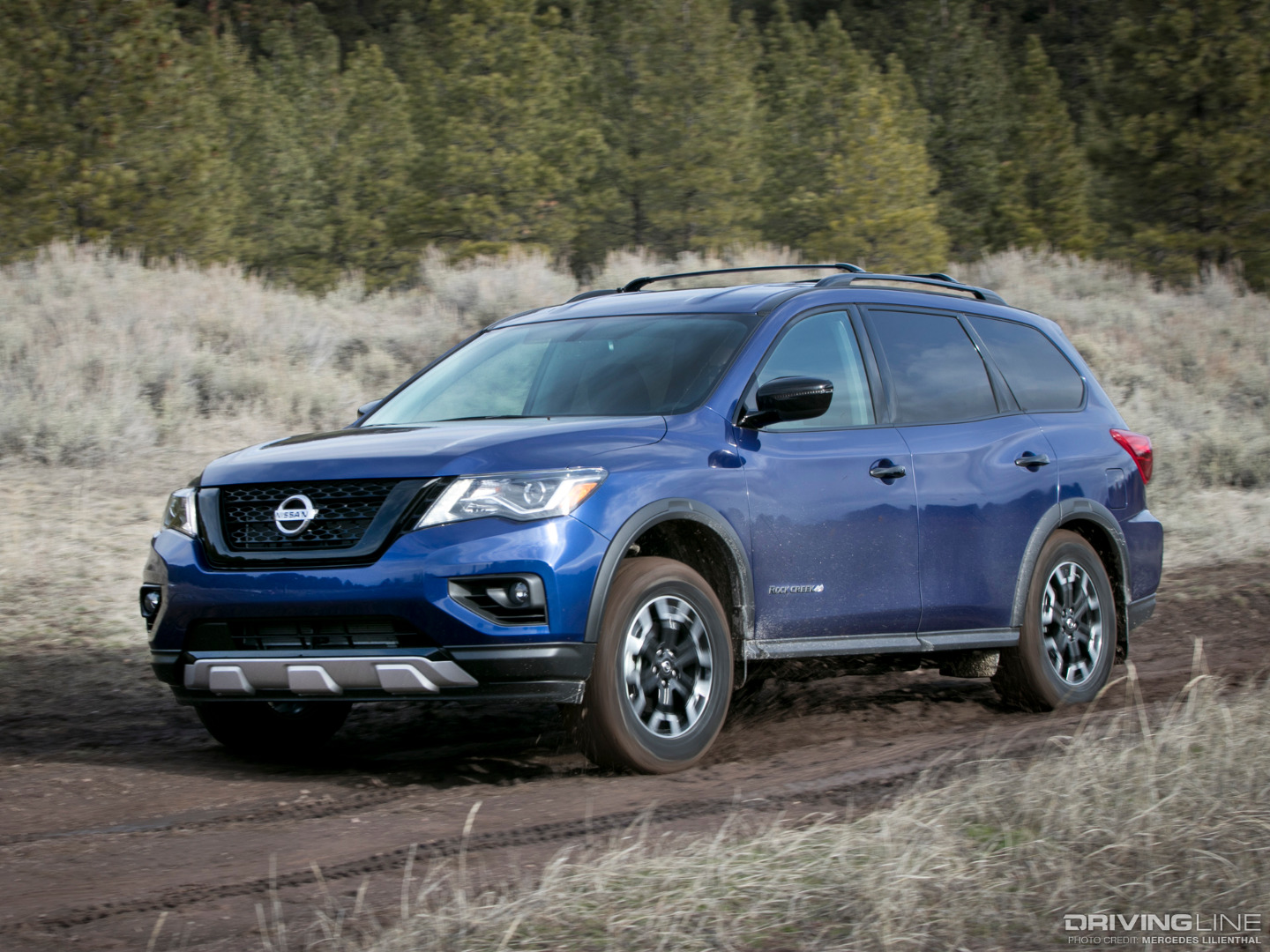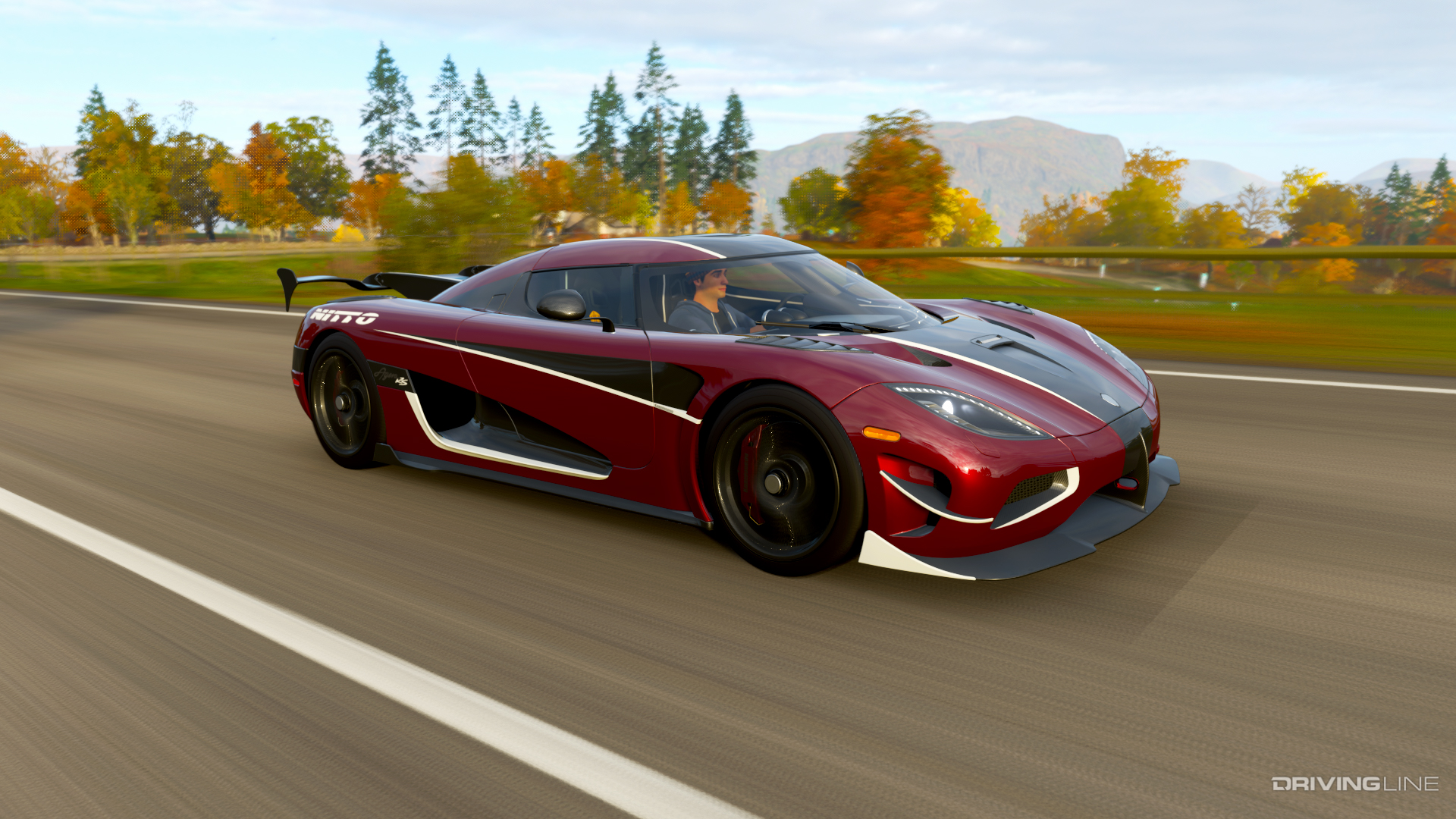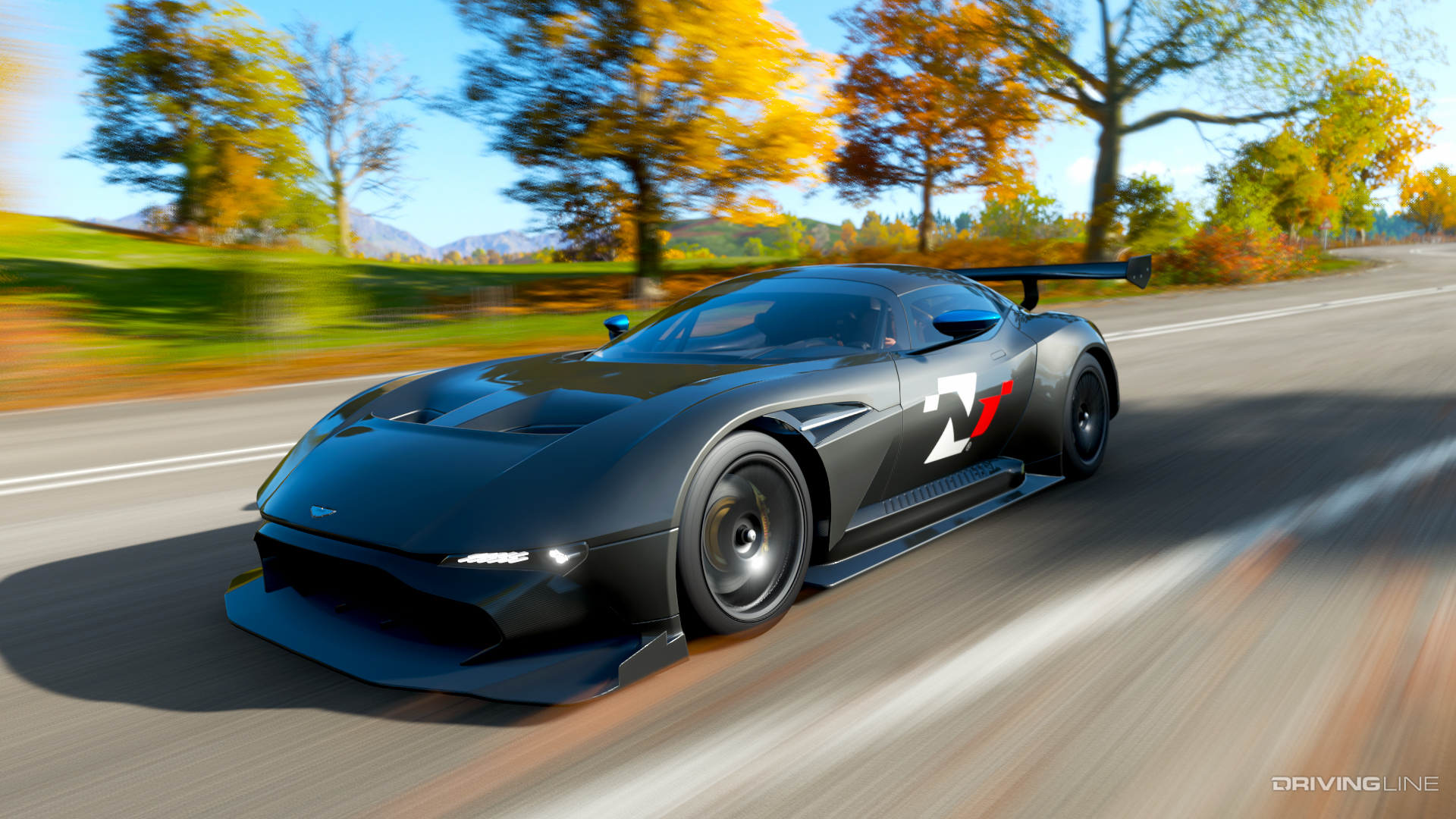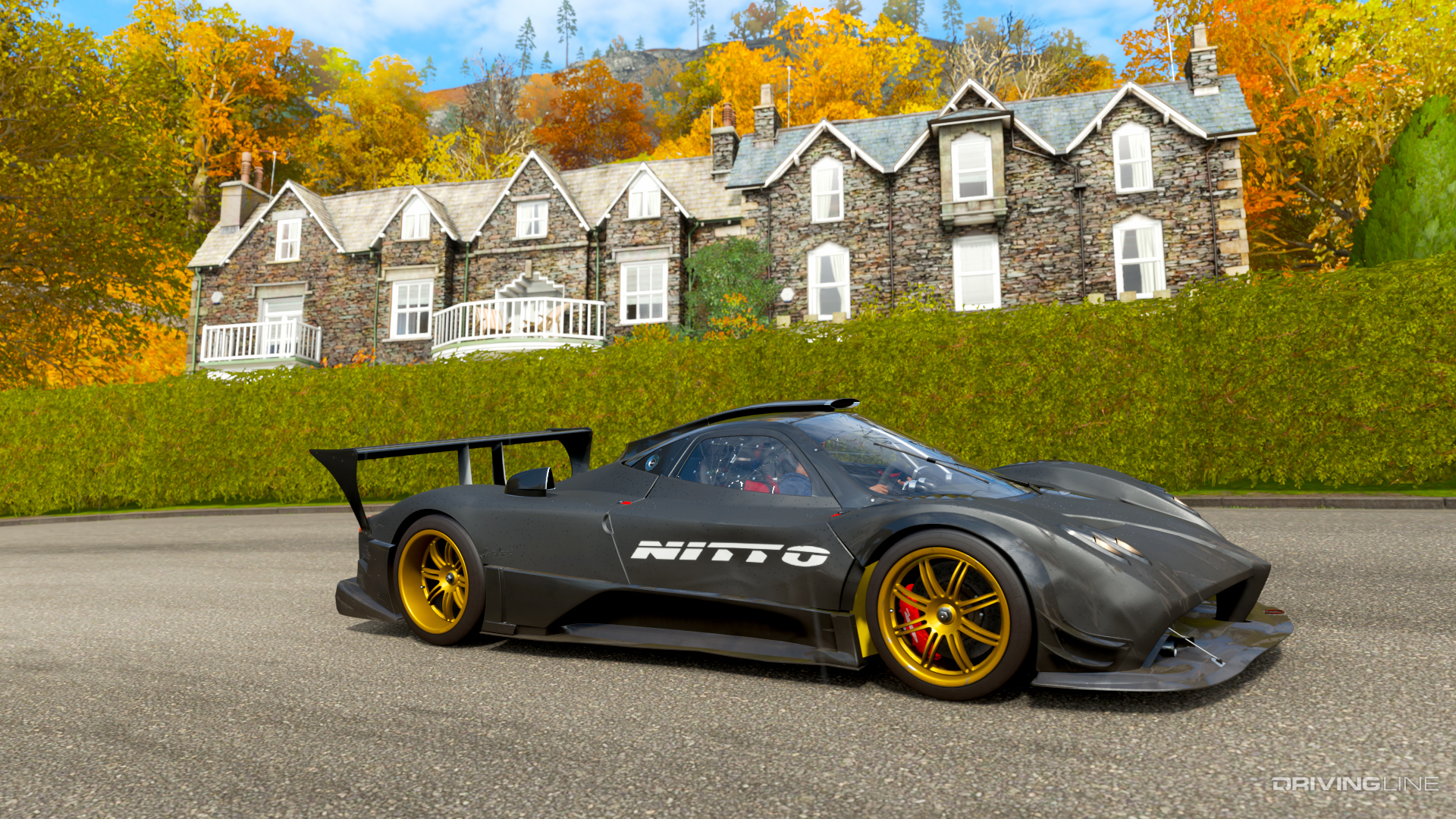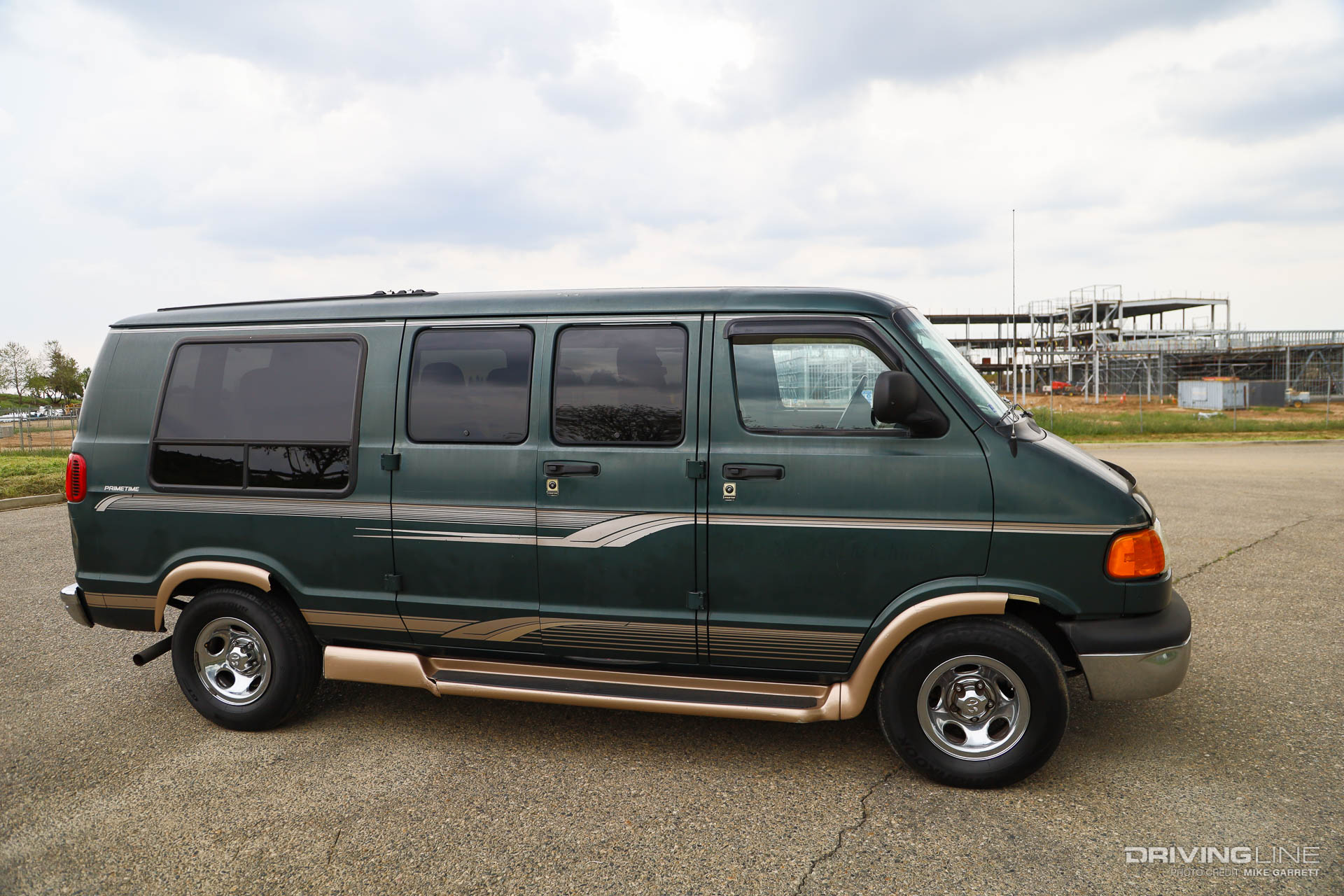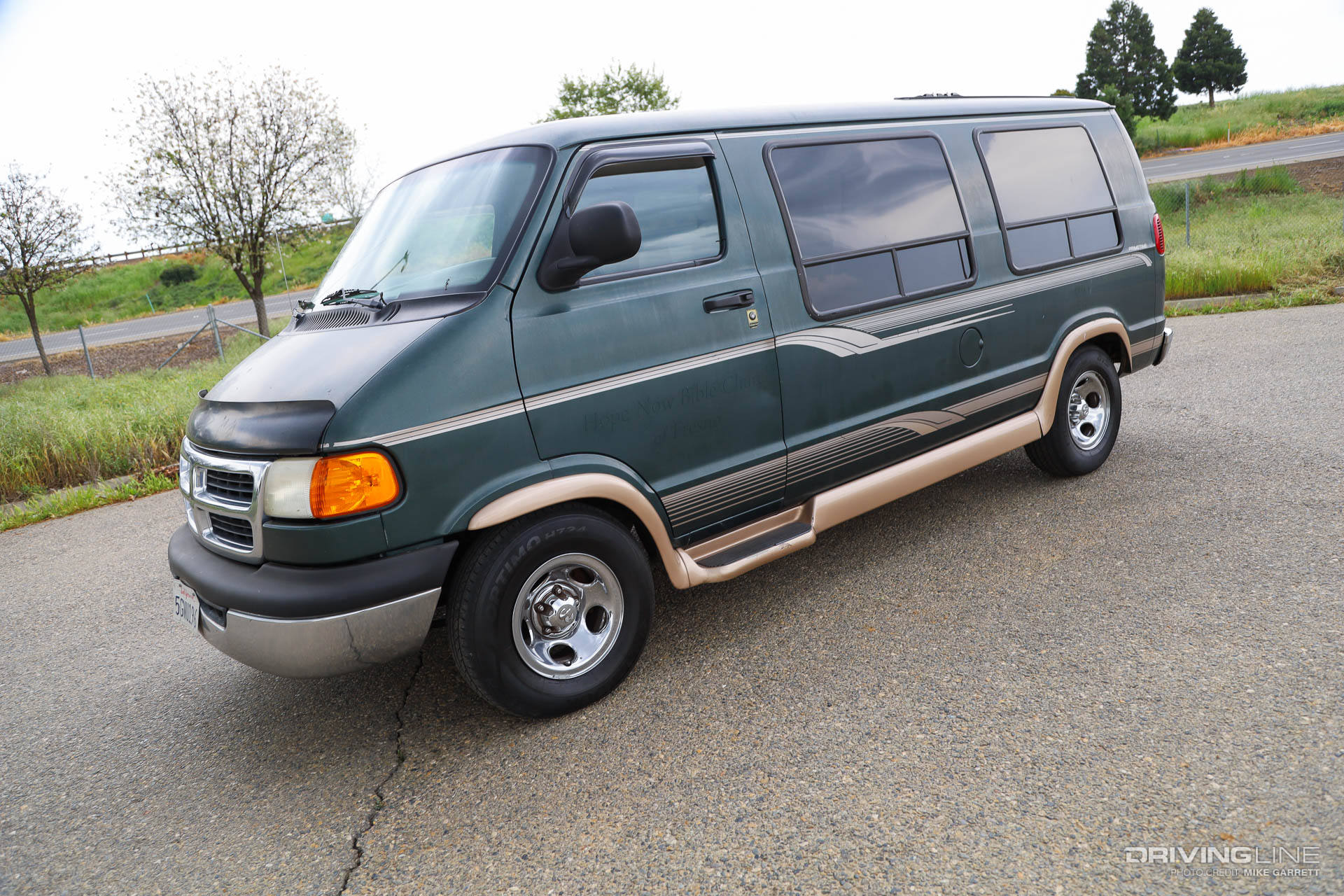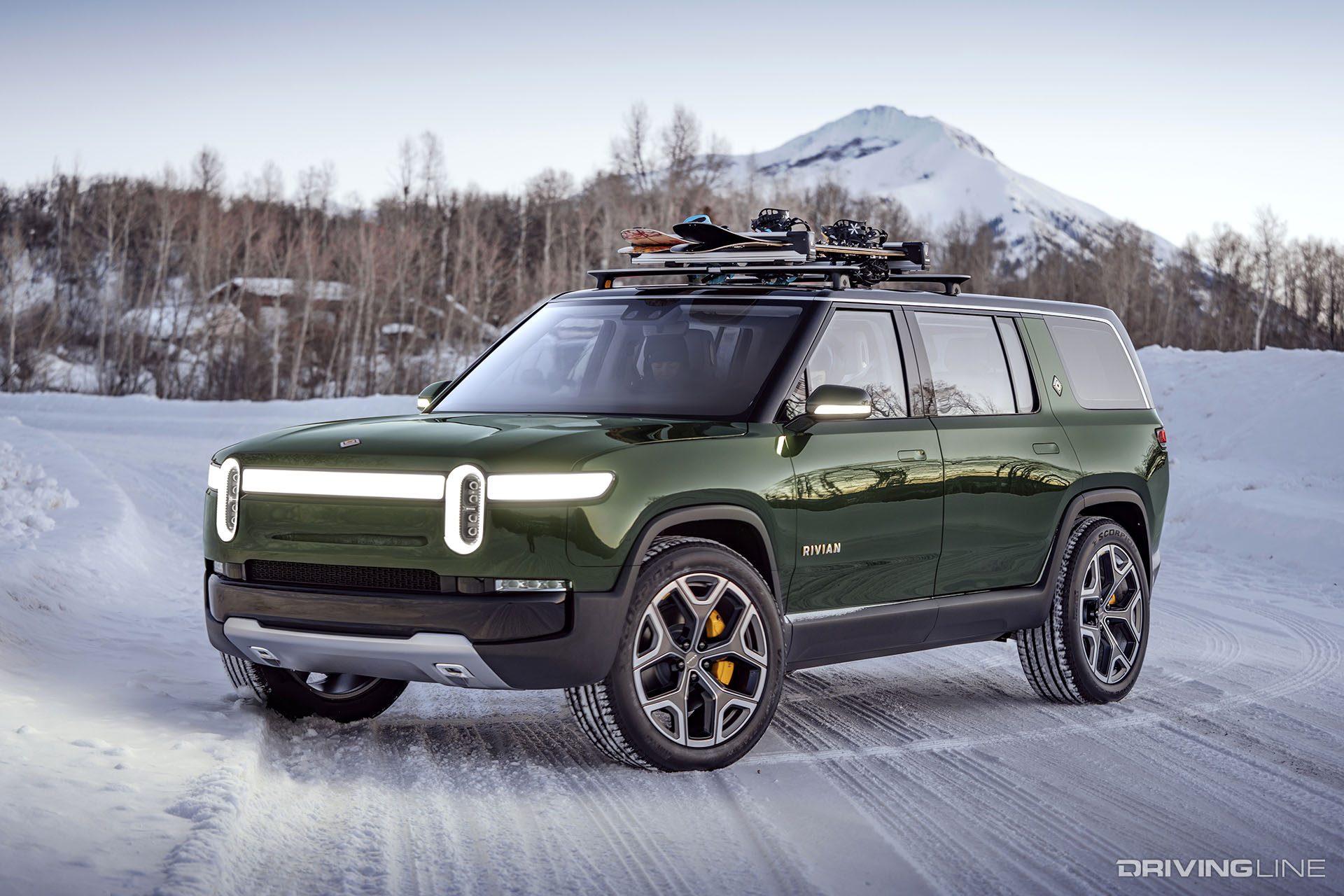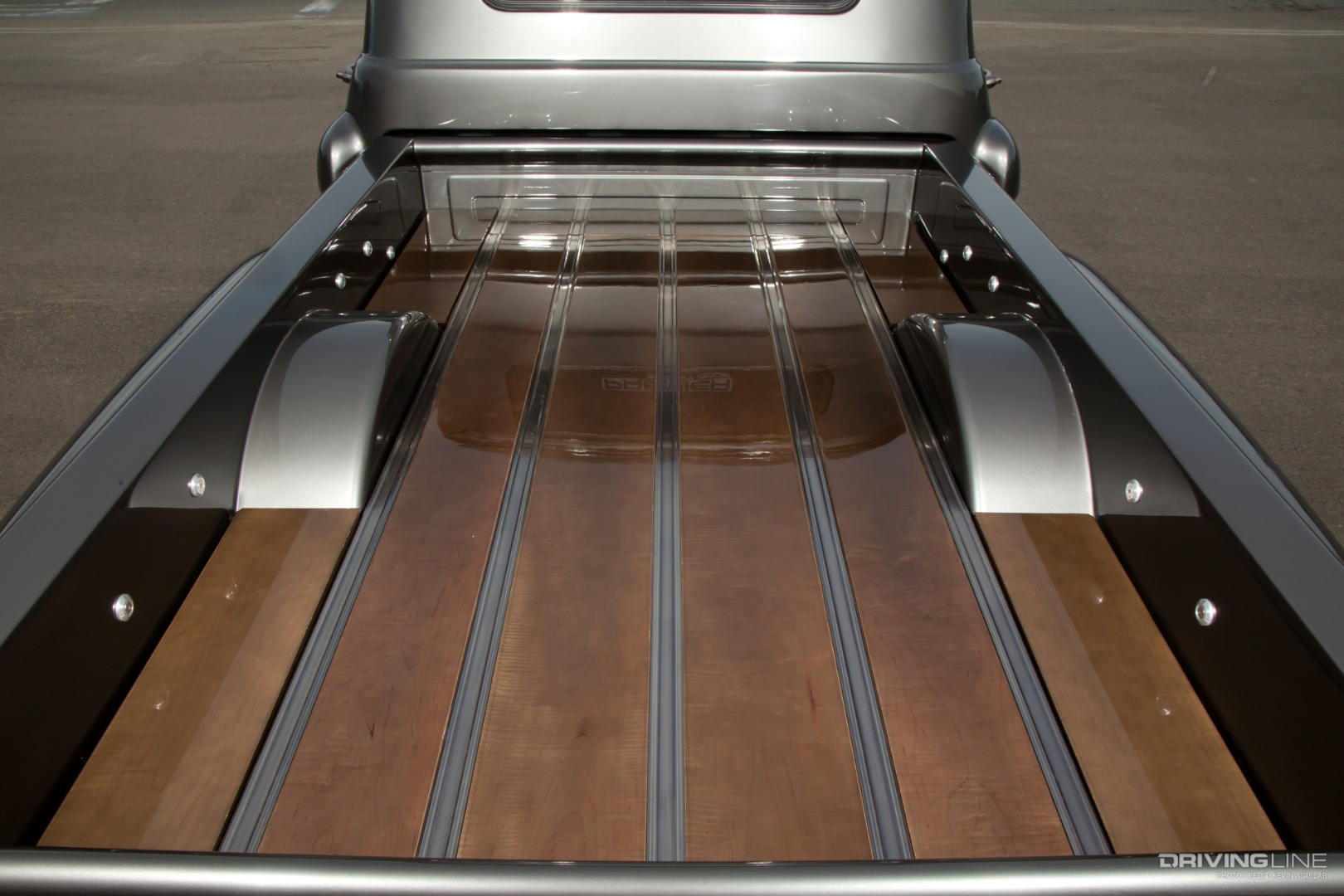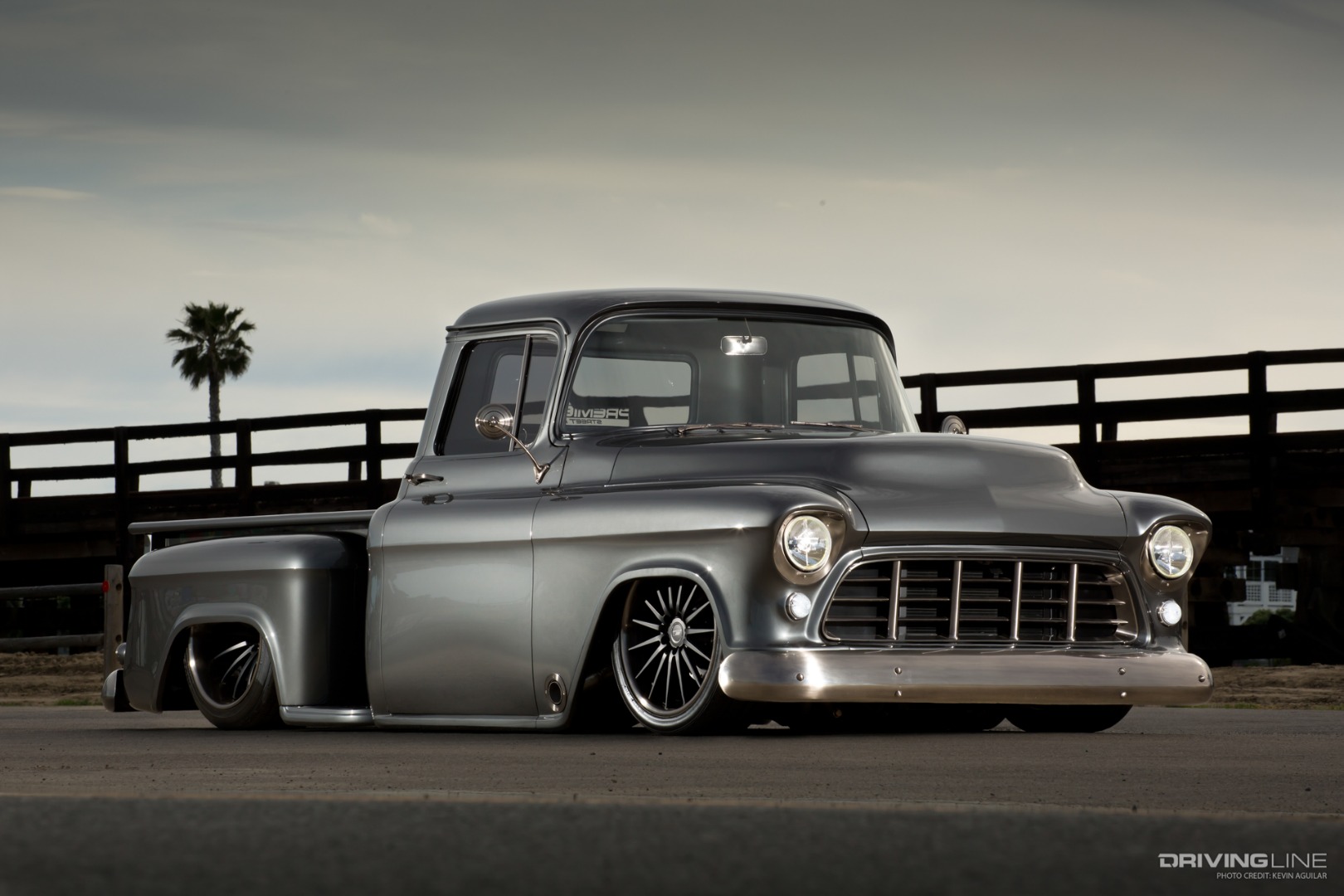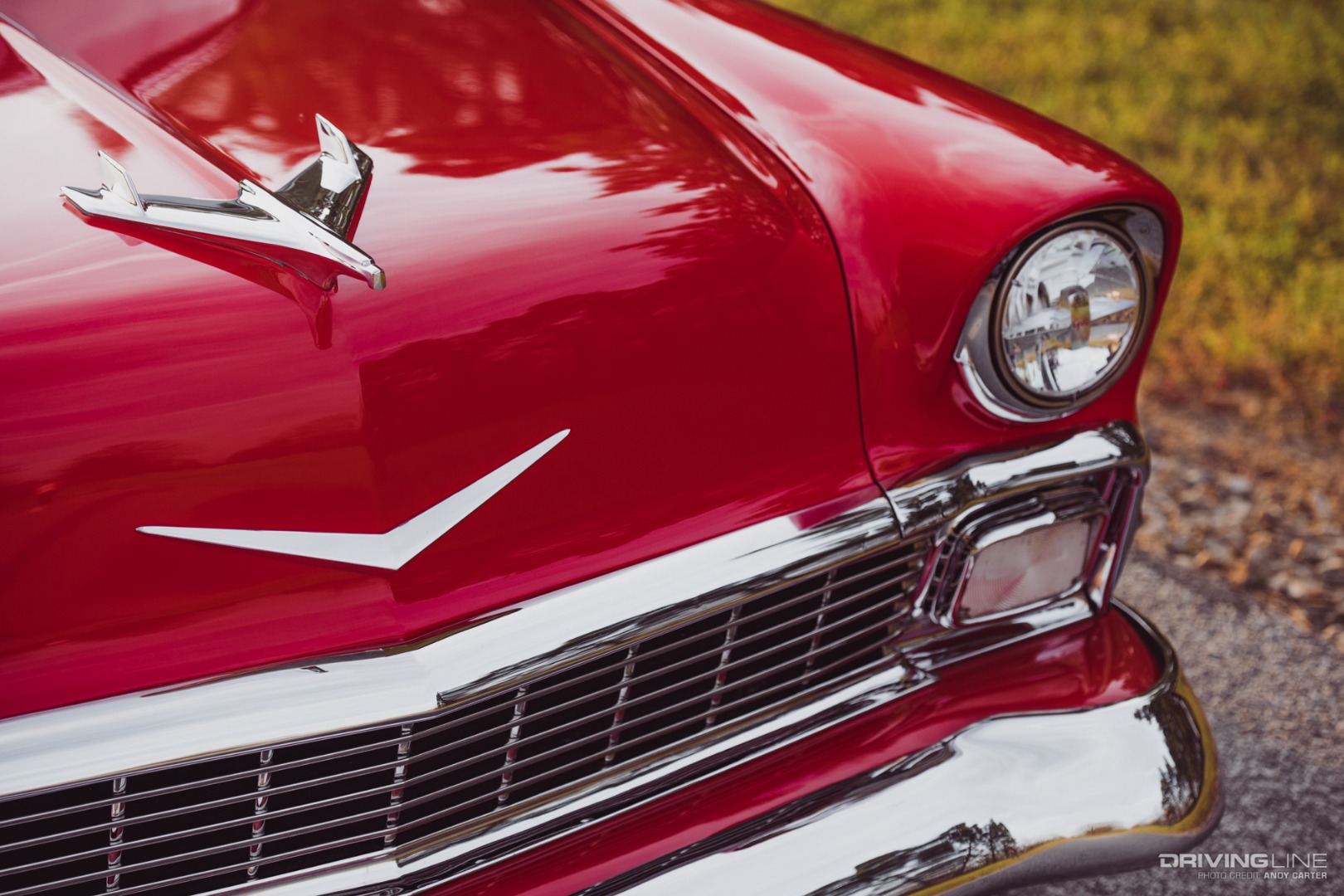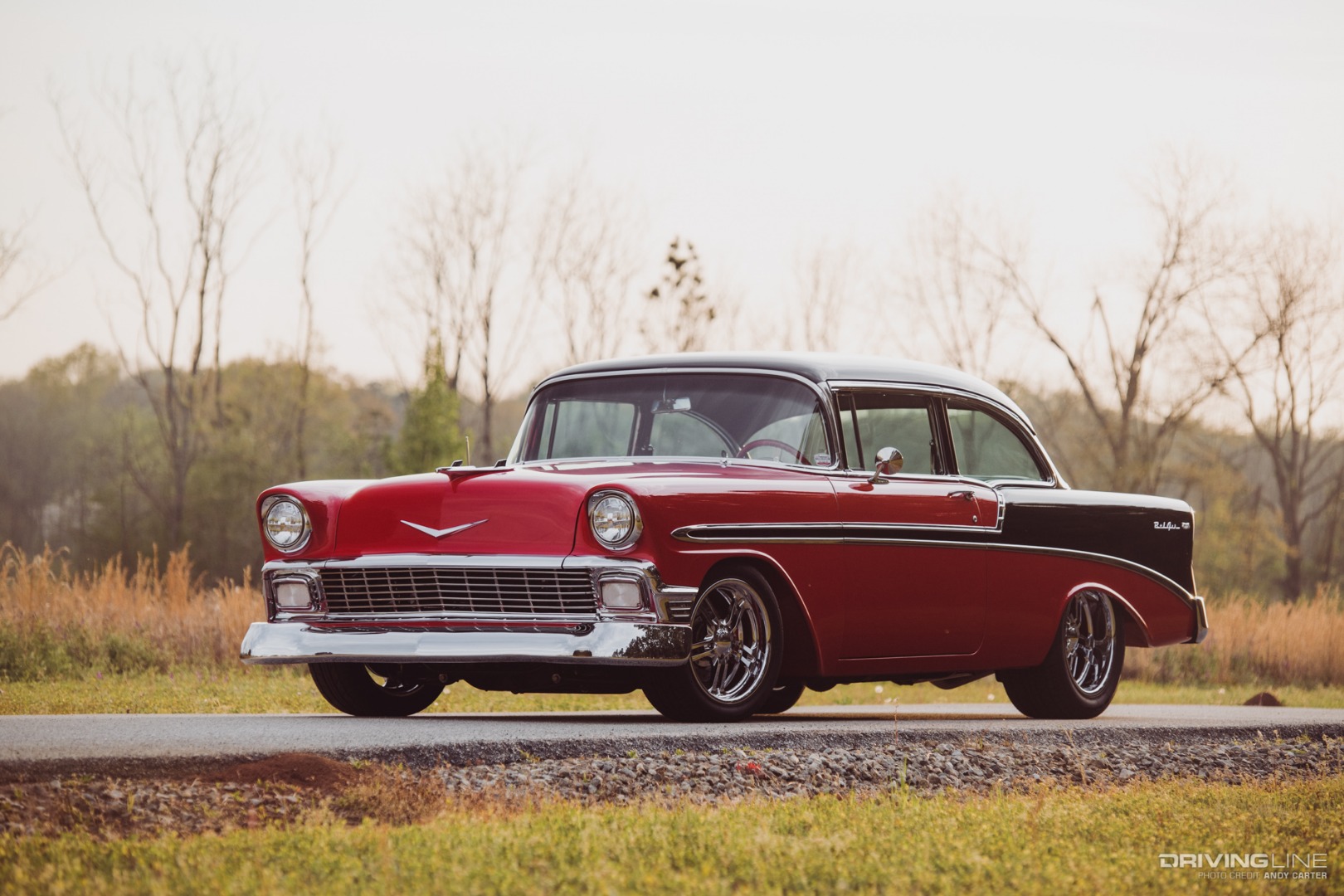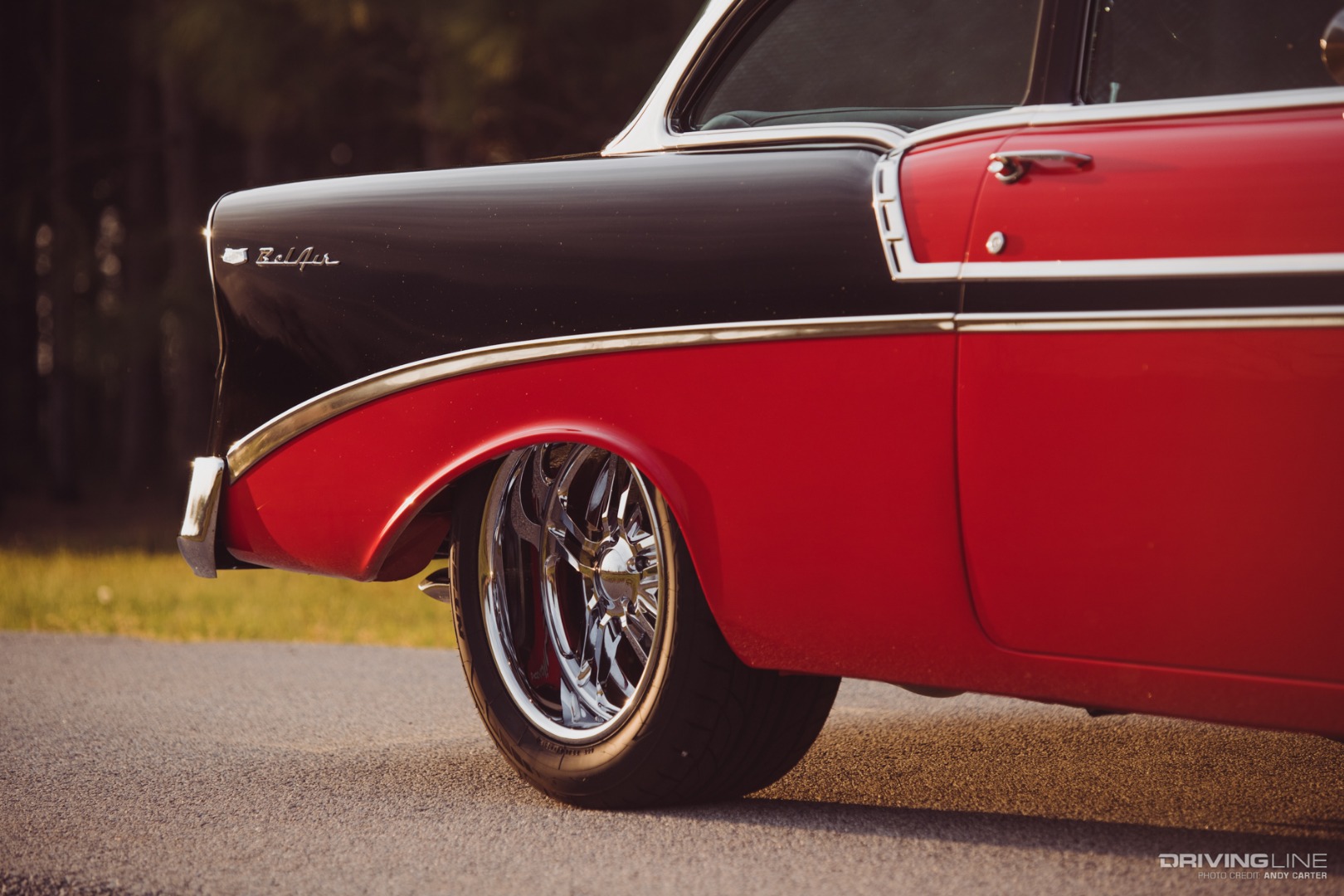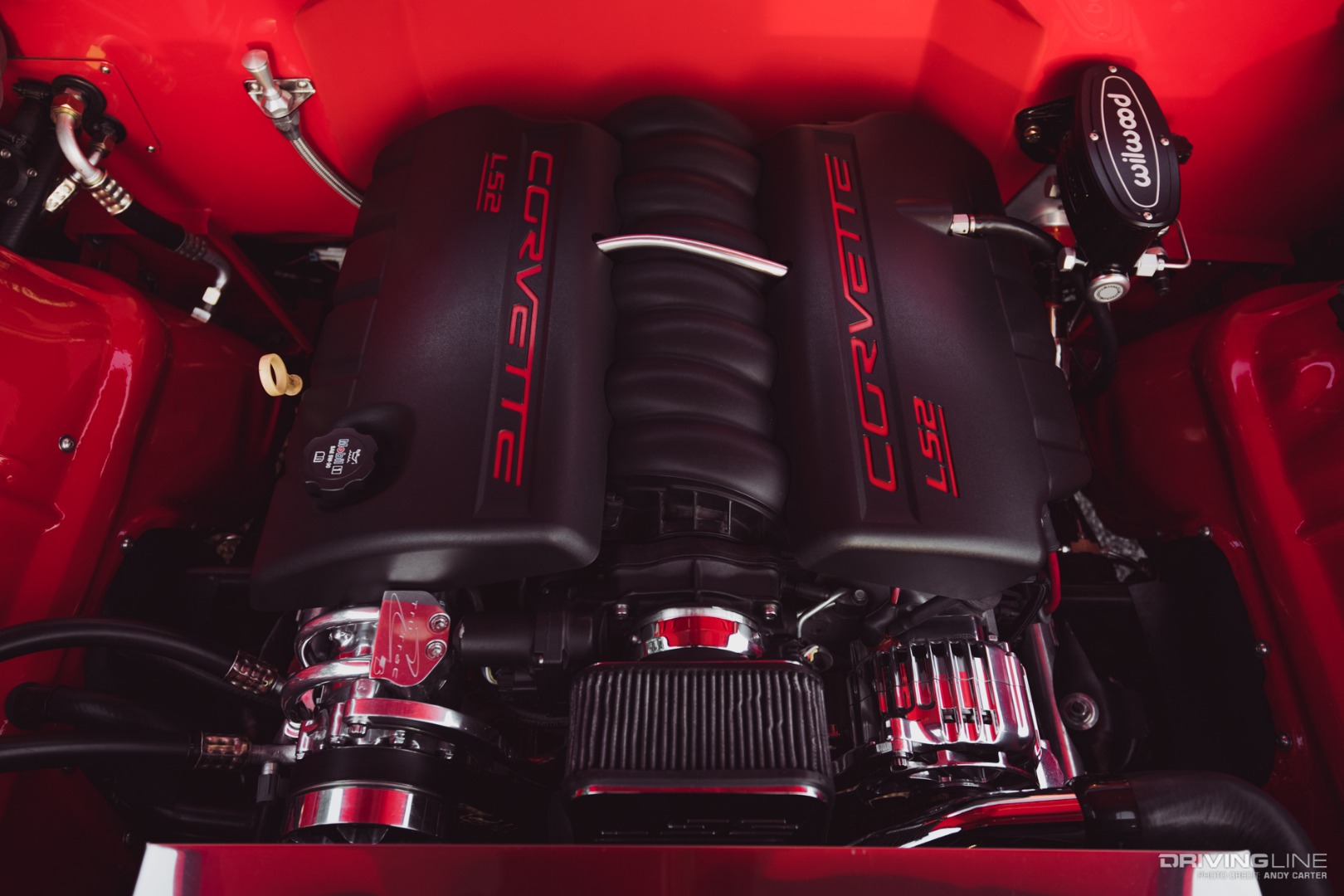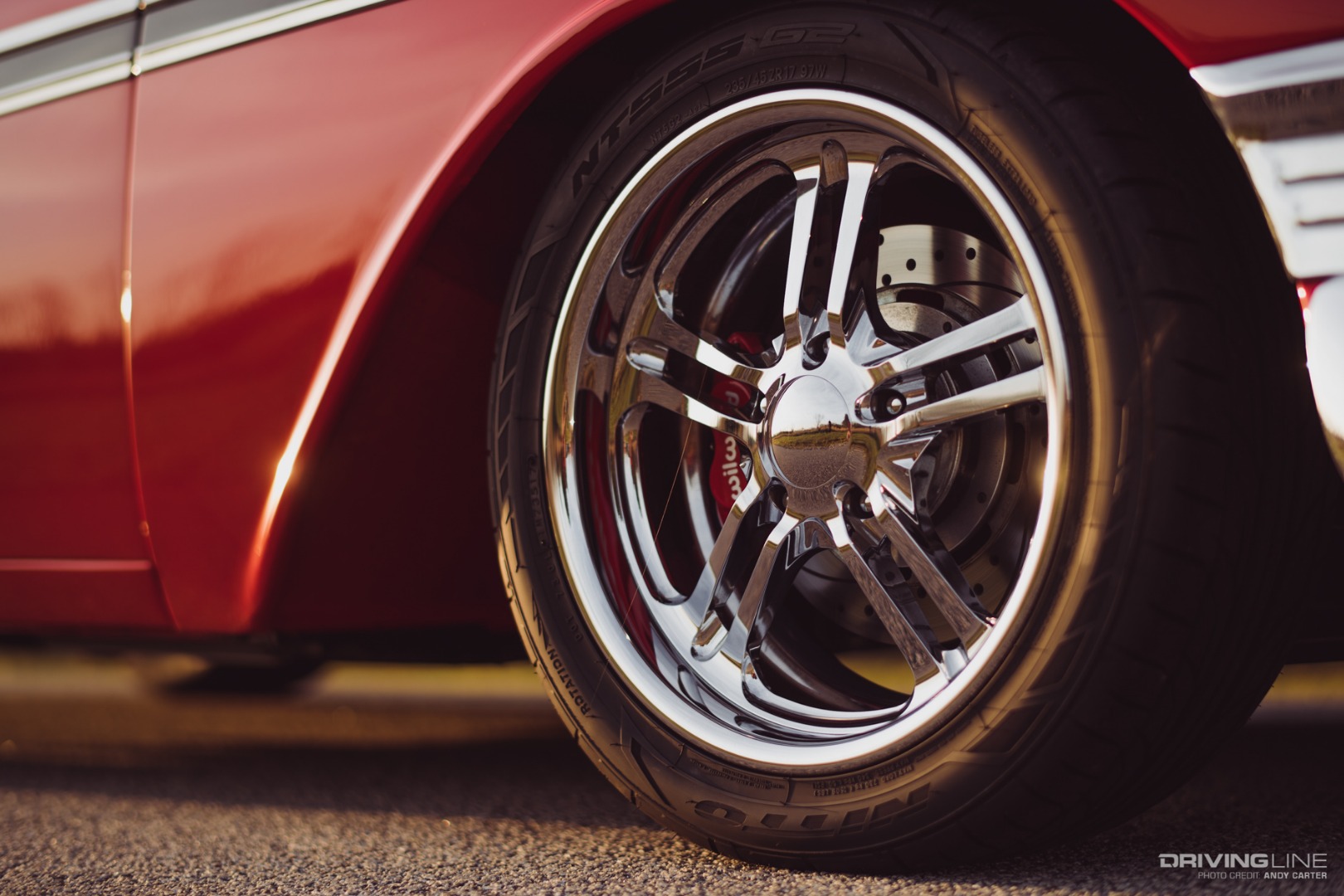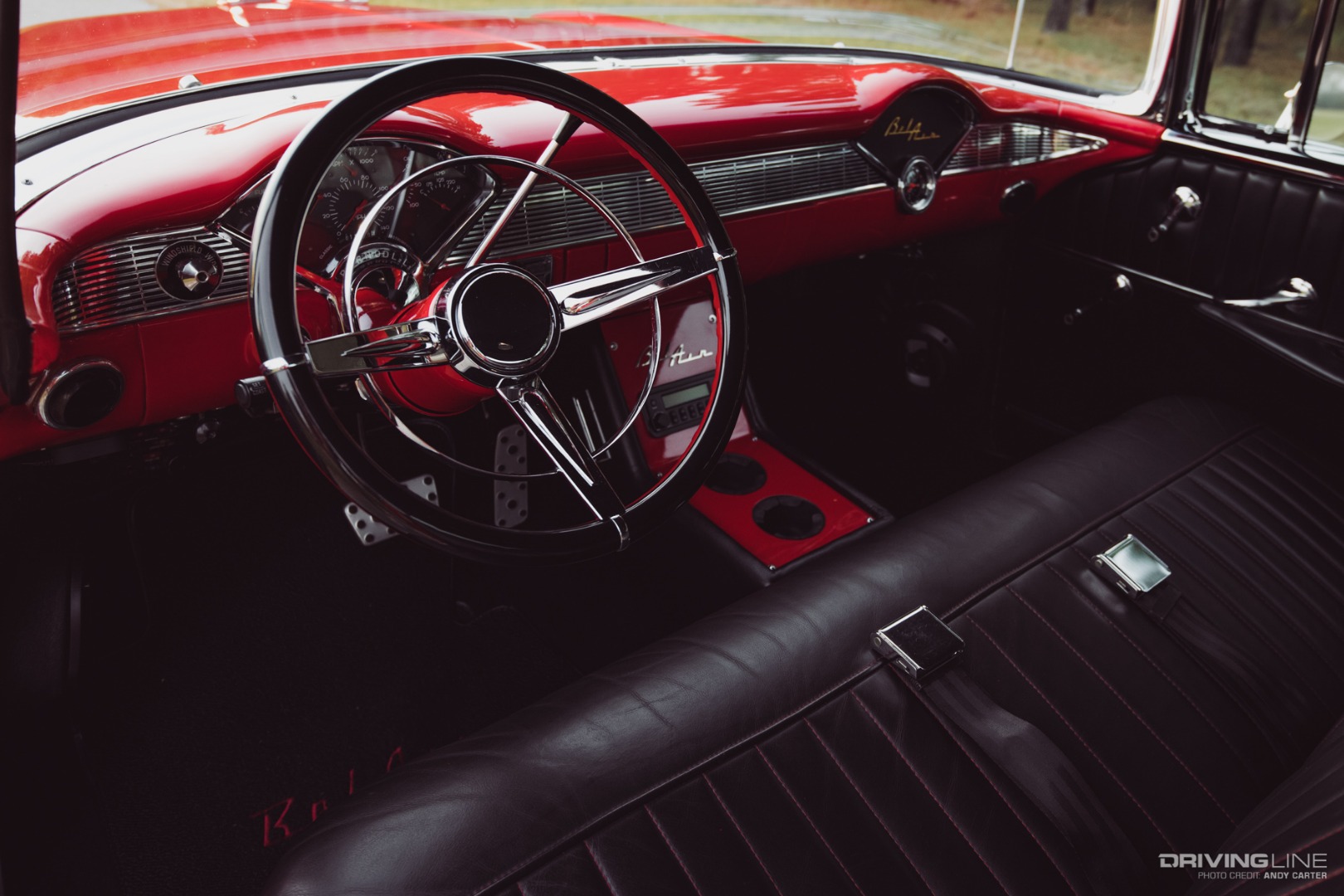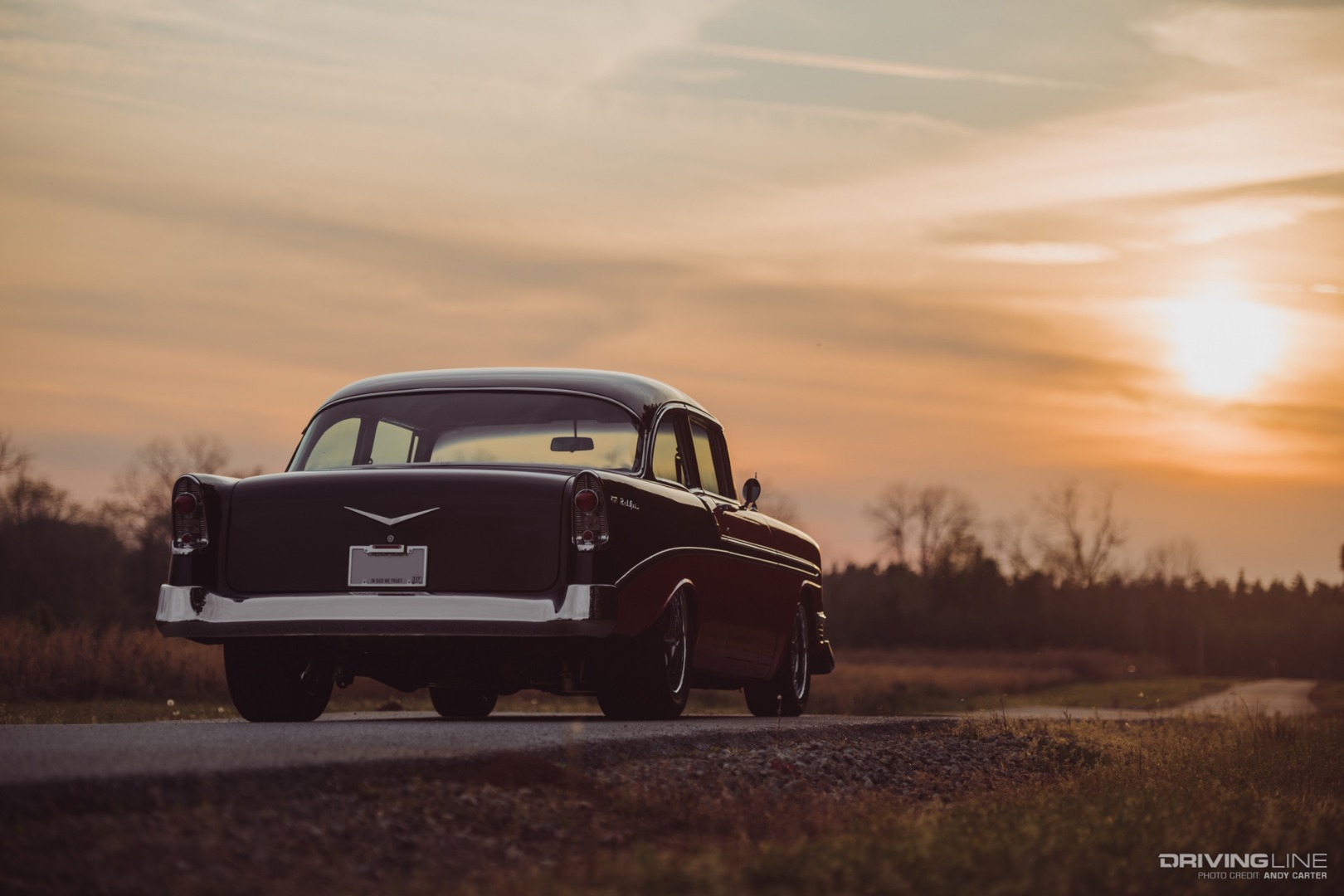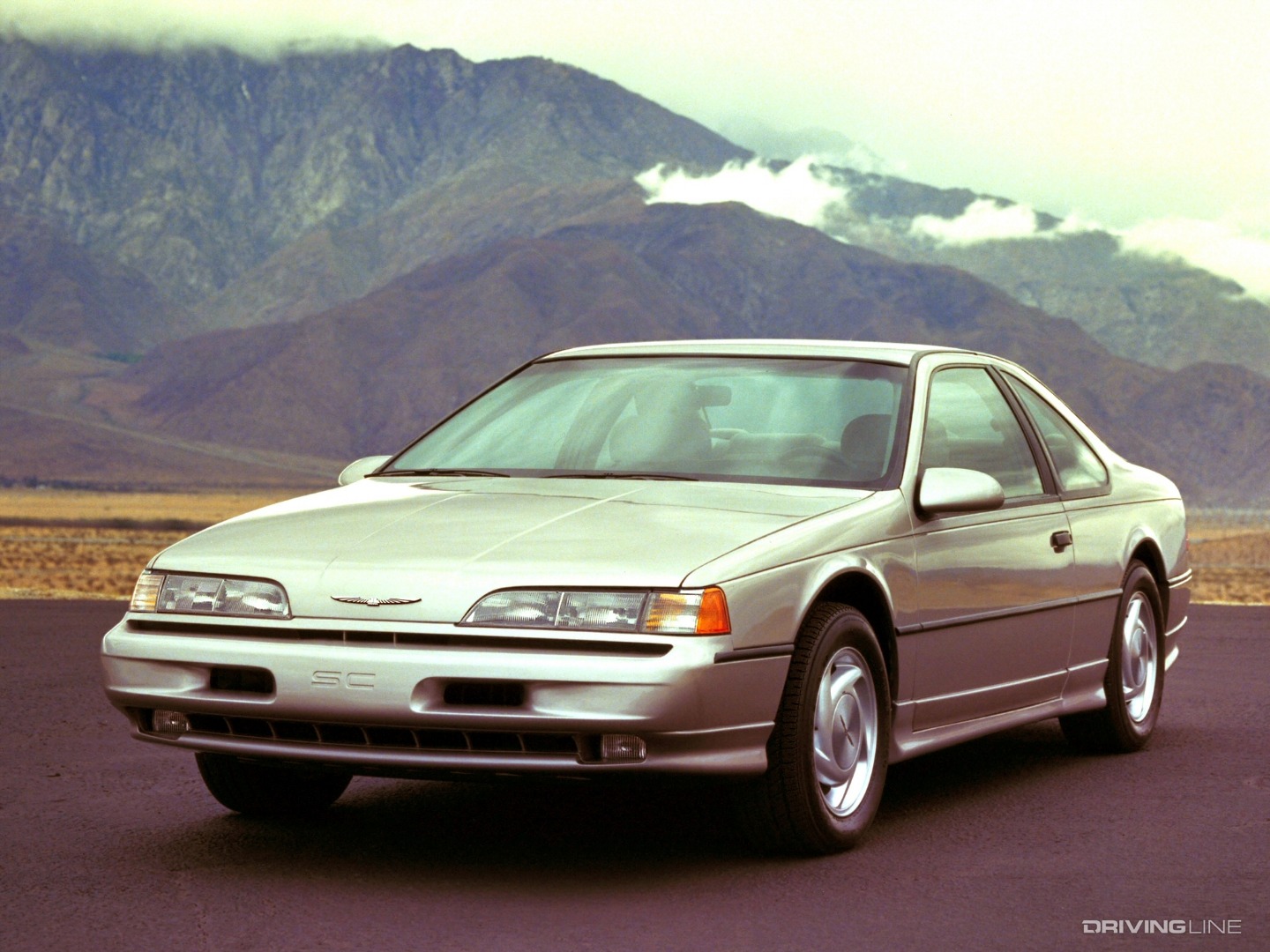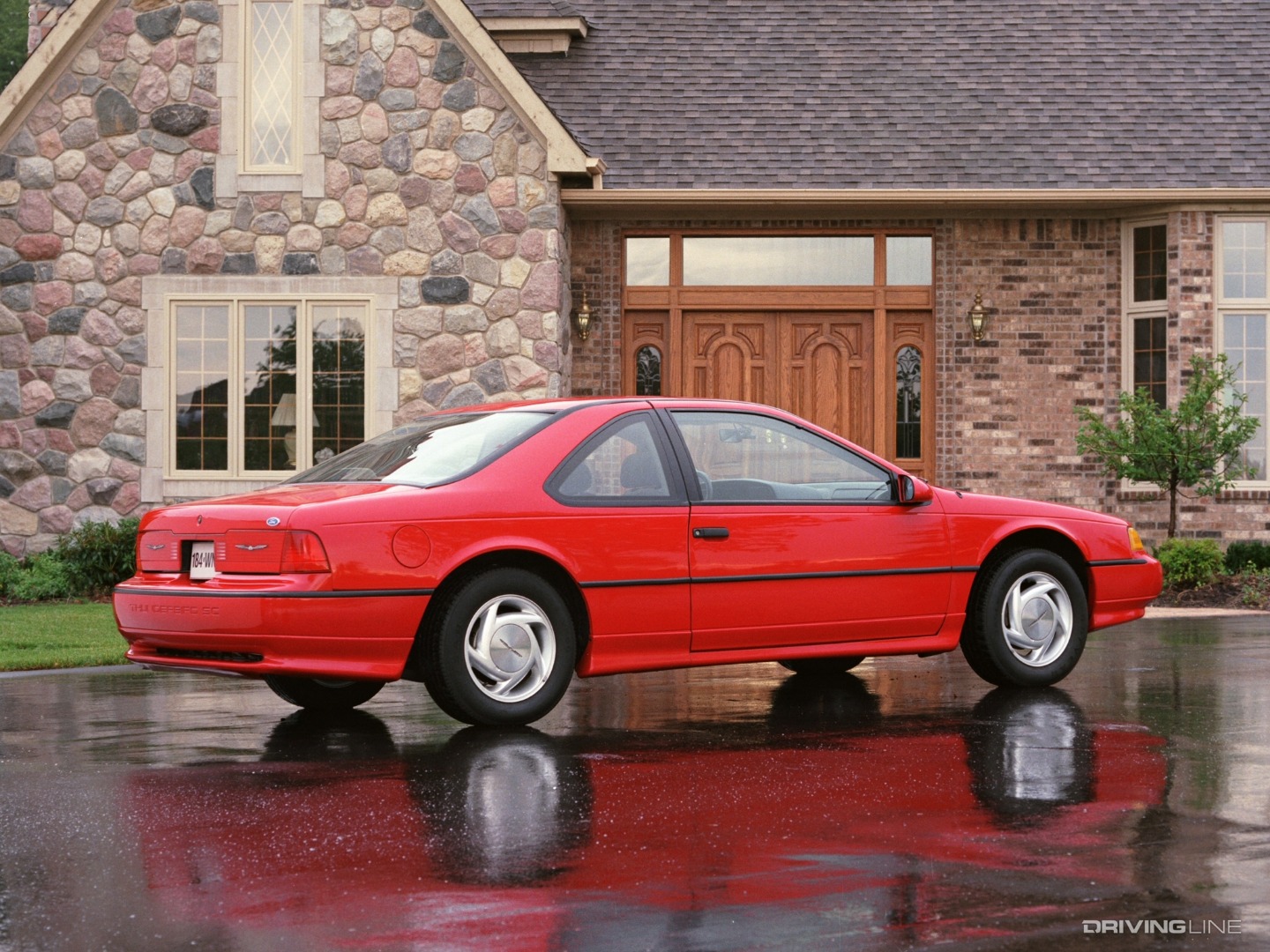When it comes to Ultra4 drivers, many of them are dedicated to their sport in ways most people don’t understand. As the season progresses after KOH and racing continues across the country, most drivers spend a large portion of their free time preparing their vehicles and themselves to take on the competition. For many, having time to do anything else seems nearly impossible. But for one veteran driver, KOH and the regular Ultra4 season makes up only a part of his racing career.
I recently sat down with Missouri-based Team Nitto driver Derek West to chat about his motorsports program and how he manages to do it all. In addition to competing in the Ultra4 races that take place all over the U.S., Derek also competes in several other hill-climb and woods racing competitions, where he has enjoyed great success. Derek has taken the podium several times in the last year, and has even outperformed some of the top rockbouncers in the world. I got a brief history on how he got his start in motorsports, and asked him some questions that only somebody who competes in both types of racing could answer.

Driving Line: When and how did your racing career begin?
Derek: My racing career began in 2002, before Ultra4 ever existed. I was racing a 1993 Jeep Wrangler YJ, which, funny enough, was my wife’s daily driver. I would have a friend bring tires to the events I raced, and we would swap them onto the Jeep for the race, then swap them back afterwards. I did that until the body was so badly beaten that the door would no longer close. That snowballed into a dedicated competition rig, which led to building a pro-modified crawler to race the W.E.ROCK and XRRA series around 2007. My first Ultra4 race was in 2009, when Dave Cole called and invited me to race King of the Hammers.

DL: What’s the biggest difference between Ultra4 series races and the other forms of racing you compete in?
Derek: I’d have to say the biggest difference that stands out to me is the amount of prep you do before each race. In Ultra4, your car needs to be perfect before you start the race. You’re generally racing for hours at a time, and even the smallest problem can destroy your day. For the hill-climbing events, you’re racing for a very short period of time, and are able to fix issues on the fly before the next race.

DL: How do you prep your vehicle differently for each event?
Derek: For Ultra4 Racing, there is a lot more involved. I go through a complete checklist and make sure every detail is as best as it can be in advance. For hill-climb, I normally swap the tires over to my “Missouri-cut” Trail Grapplers, which I groove myself for more forward bite up the hills, and that’s really it. Much less to worry about.

DL: Do you prefer door to door action or racing against the clock?
Derek: It’s all fun for me. As a competitor, I’ve always liked racing against the clock so nobody can interfere with my race. In Ultra4, the door to door action doesn’t really affect me much. There’s mutual respect between the drivers in our sport, and it’s usually not an issue.

DL: What are some of the advantages and disadvantages of racing an Ultra4 car against a field full of rock bouncers in the other events you race?
Derek: I’ll start with the disadvantages. The first is potentially the tire size. I run a 40-inch tire, where most other guys run 43s. It hasn’t been a huge problem, more a matter of ground clearance than anything. I’m also heavier than most other guys, due to all the redundancies of desert racing, such as a fuel cell, spare tire, more cooling components, fuel pumps and other items needed for longer races. I’m not sure I have any advantages when it comes to my equipment. Where I excel is in my experience. I have a great car built by Jimmy’s 4x4, and I’ve been driving a long, long time. That combination still works. Knowing what I can and can’t do is also important. One of our season finales was a bounty hill, and I was the first to try it. I almost made it, until I didn’t and crashed hard. Two other racers did make it. I’m still learning finesse on some stuff, but when it comes to negotiating obstacles, I’ve had lots of practice and I’m pretty decent at it.

DL: What type of racing do you prefer?
Derek: It’s a toss-up. Ultra4 racing is awesome, because it’s fun to have that door to door action with other guys and having a gap you need to close. Also communicating with your pit and the team effort—it’s this complex thing that’s just a lot of fun. The only downside is how hard it is on the vehicle, and takes so much time and effort to clean and prep it to get it back to perfect again. Hill climbing is the opporiste: 10 hours of driving to a race to drive for one minute. But I do get to hang out with and mingle with other drivers and talk to fans and stuff, and if things go well, the car is still in good shape and there’s no need to fix anything when you get home.

DL: Do you feel more people in your part of the country are taking notice of the capabilities of Ultra4 vehicles?
Derek: I’m not really sure what they think of me and my Ultra4 car. Overall, I think they recognize that I’ve done it a long time, and that I’ve got a well-tuned machine that works for a lot of different stuff. They recognize that it’s pretty cool that I can go from one extreme to the other, and fit right in. I feel like I’m on an equal playing field with the rock bouncers, but if they were to try and race Ultra4, the playing field wouldn’t be so level. But even then, there are times when I’m out-gunned.

One look at his track record shows Derek has the ability to consistently stay on the podium no matter the type of competition. Derek’s next race is the Ultra4 Tear Down in Tennessee, where he will face a field of 4400 drivers in the next battle for points in the season. Derek consistently places well in the Ultra4 races, so we’re excited to see how the rest of the 2019 season pans out for him and his team.
Photos courtesy of Jonathan Wright and Black Dog Photography & Design.






